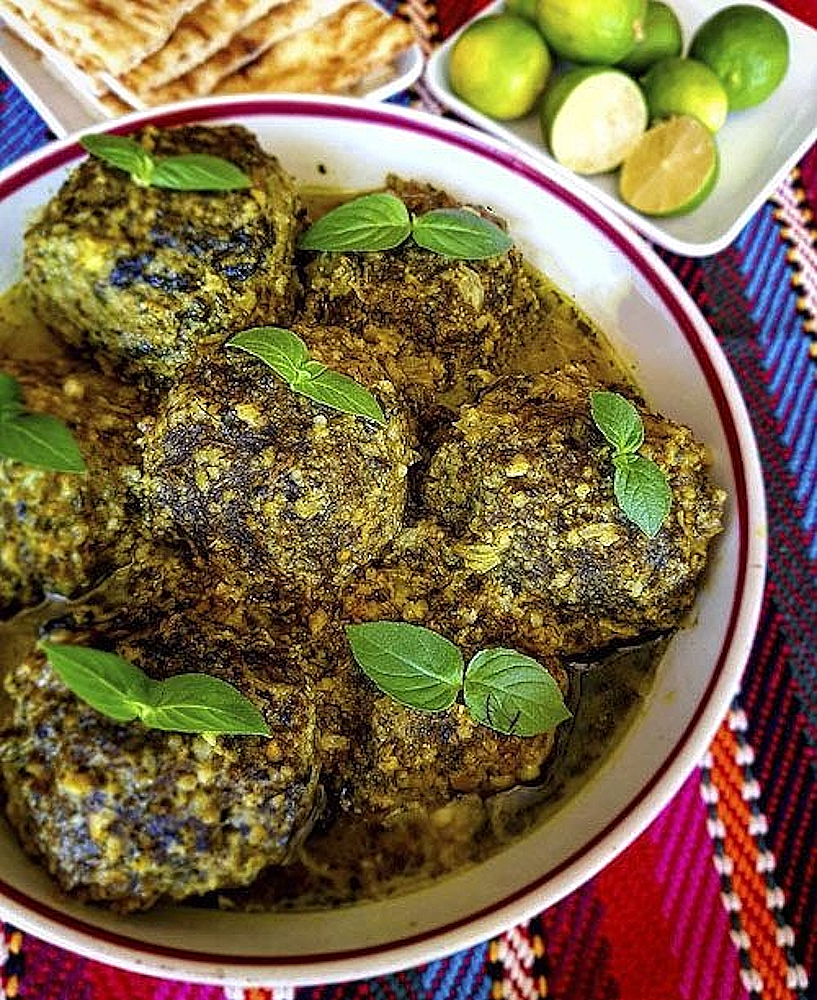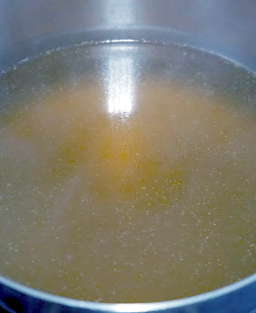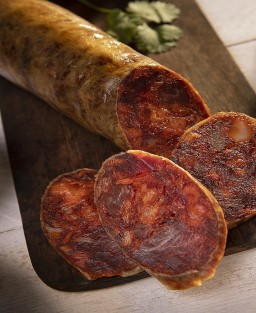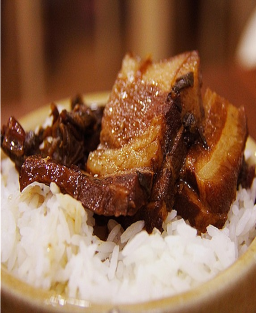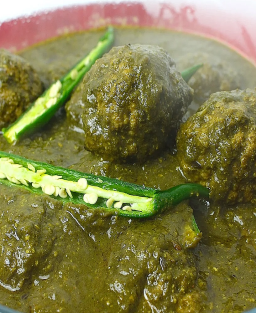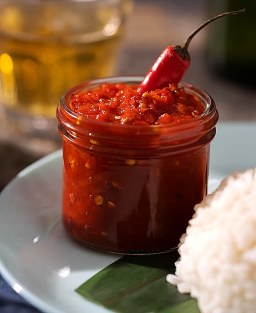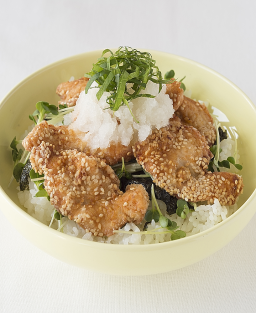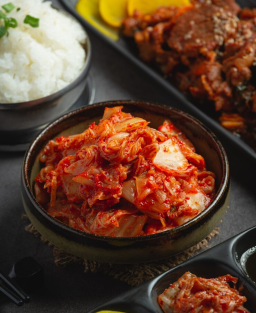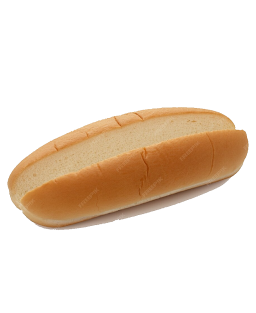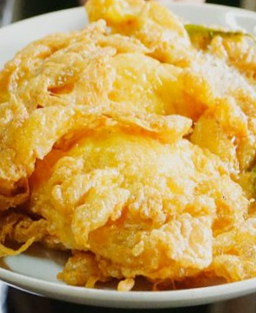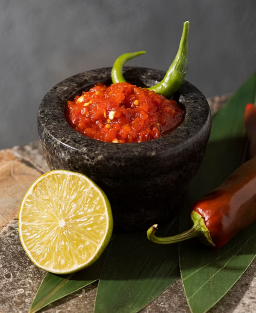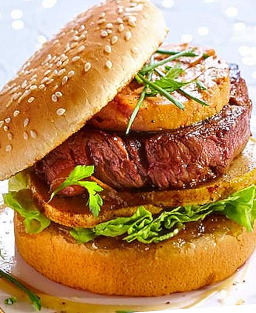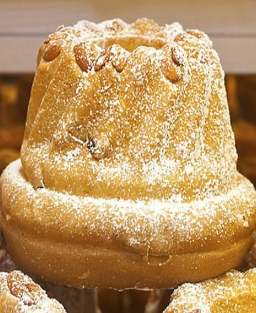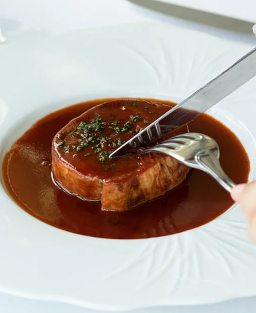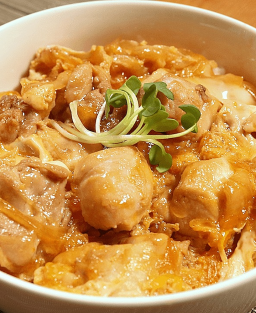- Out-of-Stock
Kofta-e-Sabzi (کوفته سبزی) Herb Balls – Traditional Vegetarian Recipe from Persian (Farsi) Cuisine
Kofta-e-Sabzi (کوفته سبزی)
Herb Balls – Traditional Vegetarian Recipe from Persian (Farsi) Cuisine
Introduction
Kofta-e-Sabzi (کوفته سبزی), literally meaning "herb ball" in Persian (koofteh = mashed ball, sabzi = herbs or green vegetables), is an ancient dish of Iranian cuisine, especially popular in the Tabriz region and in households across the northwest of Iran. This vegetarian dish (گیاهخواری / giyâh-khori) exemplifies the sophistication of Persian gastronomy, where fresh herbs (سبزیجات تازه / sabzijât-e tâzeh) play a fundamental role in achieving flavor balance.
In Persian tradition, these herb balls are prepared with great care, often for important family gatherings or during Nowruz (نوروز), the Persian New Year. They are typically served with aromatic rice (berenj) or traditional flatbread (nân-e sangak).
Ingredients (مواد لازم / mavâd-e lâzem)
For the koftas (کوفتهها / koofteh-hâ):
-
1 cup finely chopped fresh parsley (جعفری / ja’fari)
-
1/2 cup chopped fresh coriander (گشنیز / geshniz)
-
1/2 cup chopped dill (شوید / shevid)
-
1/4 cup chopped fresh mint (نعناع / na’nâ)
-
1 grated onion (پیاز / piyâz)
-
1 cup cooked rice (برنج پخته / berenj-e pokhteh) – optional
-
2 tablespoons chickpea flour (آرد نخودچی / ârd-e nokhodchi)
-
1 boiled and mashed potato (سیبزمینی / sibzamini) – optional
-
1 teaspoon turmeric (زردچوبه / zardchoobeh)
-
Salt (نمک / namak) and black pepper (فلفل سیاه / felfel siyâh) to taste
For the sauce (سس / sos):
-
2 tablespoons oil (روغن / roghân)
-
1 chopped onion
-
2 cloves garlic (سیر / sir)
-
3 peeled and blended tomatoes (گوجهفرنگی / gojeh farangi)
-
1/2 teaspoon cinnamon (دارچین / dârchin) – optional
-
1 teaspoon turmeric
-
Salt and pepper
-
1/2 cup water or vegetable broth
-
1 tablespoon lemon juice (آبلیمو / âb-limoo)
-
Plain yogurt (ماست / mâst) or plant-based yogurt to serve
-
Fresh coriander for garnish
Preparation (طرز تهیه / tarze tahiyé)
Preparing the koftas:
-
In a large bowl, mix all the herbs (sabzi), grated onion, rice, chickpea flour, potato, turmeric, salt, and pepper.
-
Knead until a smooth dough forms. Shape into medium-sized balls (koofteh).
-
Steam the koftas, lightly fry them, or place them directly into the sauce, depending on the desired method.
Preparing the sauce:
-
Sauté the onion in oil until translucent. Add the garlic, turmeric, and cinnamon.
-
Add the blended tomatoes, season with salt and pepper, and let simmer for 10 minutes.
-
Add some water or broth to thin out the sauce as needed.
-
Gently place the koftas into the sauce. Cover and cook on low heat for 20 to 30 minutes.
-
At the end of cooking, add lemon juice for a tangy touch.
Serving (سرو / serv)
Serve hot, with basmati rice or nân-e sangak (نان سنگک), and a spoonful of plain or plant-based yogurt. Garnish with fresh coriander or a drizzle of olive oil.
Cultural Notes
Originating from ancient Persia, Kofta-e-Sabzi is an iconic dish that embodies the elegance and richness of Iranian cuisine. The word kofta refers to balls or dumplings, while sabzi refers to fresh herbs, which are at the heart of this recipe. This vegetarian specialty reflects the Persian love for subtle, balanced flavors, blending herbs like parsley, coriander, dill, and mint with a light and aromatic tomato-based sauce.
In traditional Iranian cooking, Kofta-e-Sabzi is prepared with a generous blend of finely chopped fresh herbs, mixed with vegetables or rice, and formed into soft balls. These koftas are then gently simmered in a mildly spiced tomato sauce, sometimes enriched with yogurt for a creamy and tangy touch.
This dish—both simple and refined—perfectly represents the sought-after harmony in Persian gastronomy: freshness, delicacy, and an explosion of herbal aromas that delight the palate. It is often served during family meals or celebrations, accompanied by fragrant basmati rice and, sometimes, traditional Iranian flatbread.











